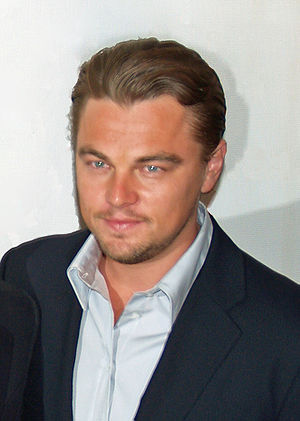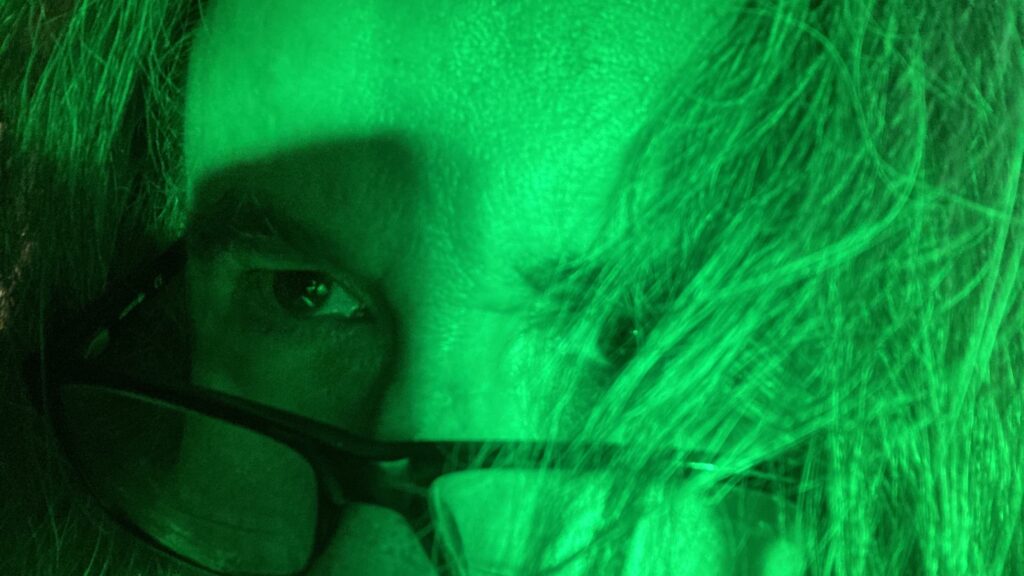I said below that Chinatown is the 1970s’ 1937. The Australian director Baz Luhrmann’s The Great Gatsby (2013) is not 2013’s 1922. It’s fantasyland’s 1922, with its hyperbright visuals, formidable set design, quicksilver editing, etc. It’s a pretty pleasurable trip from the man who directed Moulin Rouge, complete with Moulin Rouge romanticism, and if it’s style-over-substance, does this really matter so late in the game? Scott Fitzgerald’s novel has long been a classic, and everyone knows what its themes are. By this time we might as well see a highly visual Gatsby.
Leonardo DiCaprio (Jay Gatsby) is fine for Luhrmann’s purposes. Tobey McGuire, as Nick Carraway, is an impeccable, likable innocent. The women in the film don their gay apparel (that is, their dazzling costumes), and Carey Mulligan and Elizabeth Debicki look fabulous. The acting of both is effectual, even though Miss Mulligan is not really the Daisy Buchanan of the novel, which is Luhrmann’s fault. He co-wrote the screenplay. As Tom Buchanan Joel Edgerton starts out phony, but doesn’t stay there.
One wishes the writing in this glitzy entertainment had been consistently convincing but, at any rate, Luhrmann does respect Fitzgerald’s story—almost as much as he respects . . . glitzy entertainment.




